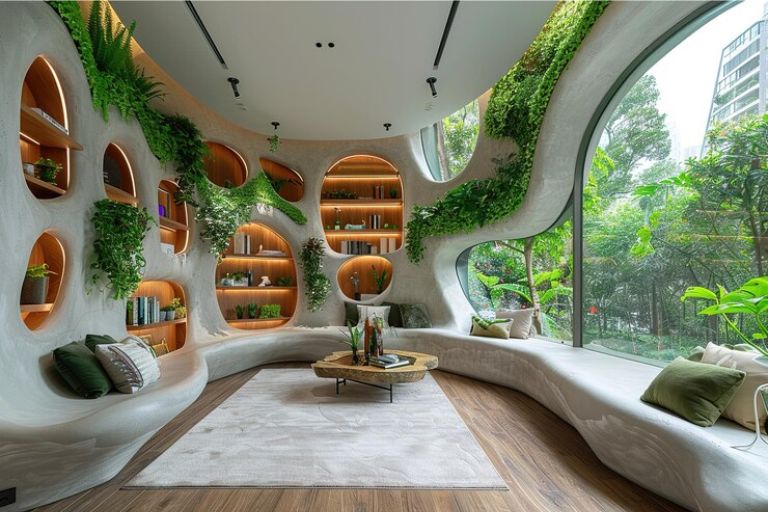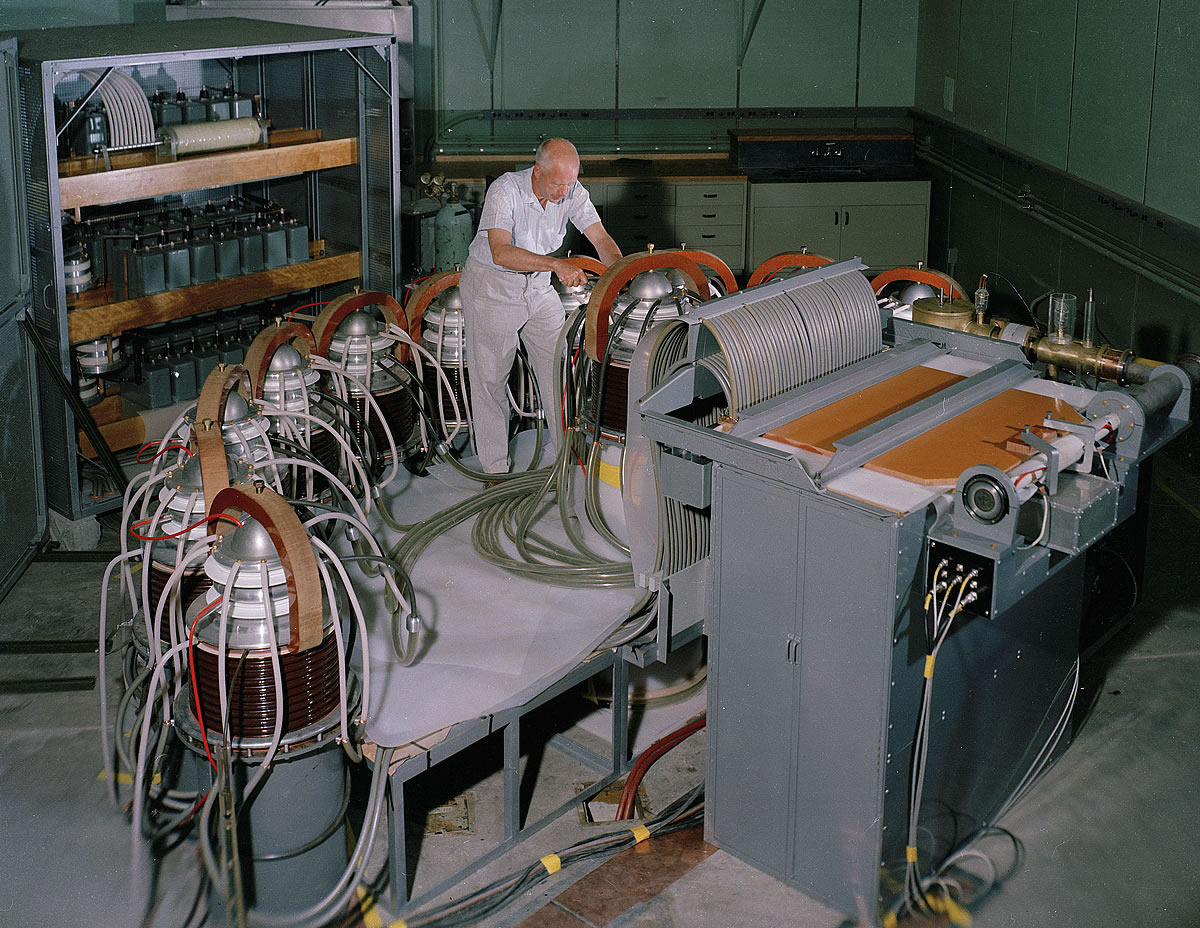As the warmth of 2025 fades, the Autumn-Winter 2026 season promises an evocative shift in materiality and texture—where garments become emotional companions, sustainable statements, and sensory experiences. Explore AW 2026 top materials and texture trends—craft-tech fusion, sustainable biomaterials, tactile innovation.
This is no ordinary fashion wave. The industry is moving toward a deeper connection—with our clothes, our planet, and our evolving lifestyles. AW 2026 is the season where crafted heritage meets futuristic tech, where sustainability isn’t just a policy but a material philosophy, and where textures tell stories.
Over the next few thousand words, we’ll unravel:
- The rise of Neo-Heritage—craft rebalanced by tech
- The structural allure of Textile Architecture
- The fusion of Quiet Power & Human-Centric Evolution in AW 26/27 macro moods
- Color psychology and cozy hues from Pantone, C2, and WGSN
- Advances in biomaterials and sensory textiles (graphene, SCOBY-leather, thermoregulating knit)
- The core of sustainable, circular material practices
AW 2026 Material & Texture Trends
Let’s journey into a tactile world—where every touch matters and every thread has intention.
Neo-Heritage: Craft Meets Conscious Craftsmanship
The C2 Fashion Studio labels AW 2026 as Neo-Heritage—a material language that stitches together ancient craft with modern sustainability and sensory depth.
Expect:
- Hand-braided textures, jacquard weaves, and artisanal stitches
- Rustic-natural fibers—recycled wool and regeneratively grown cotton
- Patchworks and structured knits that carry cultural narratives
- Pieces that age gracefully—each wear deepening the garment’s story
It’s not nostalgia—it’s a sustainable future built from our tactile past. Think wool blankets with built-in QR codes to trace heritage sourcing. Think heirloom silhouettes with hi-tech anti-microbial finishes. This trend celebrates preservation and progress simultaneously.
Textile Architecture: Form, Function & Fashion
Fashion is becoming soft architecture. Per C2, AW 26/27 embraces structural materials that breathe, fold, sculpt, and shelter.
Key moves include:
- Pleated yet stiff surfaces creating body and movement
- Sculptural knits and bonded composites that subtly shape the silhouette
- Hybrid materials, e.g., gabardine bonded with jersey for programmed drape (Italtex)
This season celebrates control through construction. Expect trench coats that wrap like origami, knitwear shaped by magnetic seams, and outerwear behaving like weather-ready sculpture.
Macro Moods: Quiet Power & Human-Centric Evolution
C2 defines three major macro moods for AW 2026–27:
Quiet Power
- Calm confidence
- Tactile, timeless textures that soothe
- Focus on mindful craftsmanship and quality
Human-Centric Evolution
- Adaptive, modular garments shaped by wearer
- Inclusivity and personalization
- Volume and proportion made functional
This encapsulates a season of tender strength—garments built to empower and evolve. Consumers are choosing softness with strength, emotional resonance over loud novelty. Design speaks less loudly but resonates more deeply.
Color Palette: Earth, Emotion & Optimism
Complementing textural narratives are rich, resonant hues from Pantone, WGSN, and C2:
- Transformative Teal: fluid, introspective
- Chocolate Fondant: warm, indulgent, timeless
- Moonlight Haze: cool-toned grey-purple—a digital evening mood
- Golden Acacia: a deep mustard of rebirth
- Aqua Gray: utility meets tranquility
Colors are chosen not just for fashion appeal, but for emotional function. They balance burnout with restoration. Brands like COS, Zara Studio, and Toteme are aligning color drops with seasonal wellness rhythms.
Biomaterials & Sensory Textiles: Pioneering the Next Touch
Fashion’s future lies in responsive and sustainable material innovation.
A. Graphene-Infused Textiles
Researchers have embedded graphene layers into fabrics, enabling adaptive infrared properties—coats that warm or cool depending on environment. A game-changer for extreme climates and outdoor lifestyle apparel.
B. Thermoregulating Yarns
Nano-textiles design heat transfer pathways that manage microclimate—promoting wearer comfort without energy usage. Patagonia and The North Face are piloting sweaters that adjust insulation based on body temp.
C. Fungal/Mycelium–Leather
Leather-like panels grown from fungal mycelium are carbon-neutral, plant-based, biodegradable alternatives. Companies like MycoWorks and Bolt Threads are leading the charge.
These aren’t just novelties—they signal a future where clothes sense, adapt, and respectfully coexist with ecosystems.
Sustainability Strategies: Toward Regeneration & Circularity
AW 2026 sees sustainability mature—from surface care to material intelligence:
- Regenerative textiles: fungal leather, biodegradable composites, bio-composites
- Circular fibers: recycled polyester, upcycled wool, certified cotton
- Zero waste manufacturing: 3D seamless knitting, pattern optimization
- Transparency & provenance: chain-of-custody, eco-labels, and local sourcing
New guidelines in the EU require product passports by 2027. Designers are preparing by integrating QR-tagged material histories and digital ID-enabled traceability.
Real-World Proofs: Brands Embracing Material Intelligence
- Italtex AW 2025/26 showcased jacquard knits, recycled wool stripes, and fabric fusion
- ISPO Textrends awarded 272 materials across 5 innovation categories, including performance and renewables
- Stella McCartney released mushroom-leather handbags with recyclable hardware
- Eileen Fisher scaled their circular design lab, offering buy-back and repair kits
These validation points indicate market readiness—not just runway looks. We’re witnessing real product-market fit for material intelligence.
Why This Matters: Designers & Consumers United
For Designers:
- Build products beyond seasons—emotive, durable, adaptive
- Integrate tech and biomaterials early
- Tell real sustainability stories via material selection
For Consumers:
- Choose pieces that offer meaning, comfort, and conscience
- Support ethical innovation
- Expect interactive textiles that serve as both tool and companion
Fashion in AW 2026 texture trends becomes not just expressive, but truly collaborative. Consumers co-create value through use, care, and return cycles.
Conclusion
AW 2026 is a pivot point in fashion’s evolution—from ephemeral trends to tactile intelligence, where materials speak to cultural, emotional, and environmental needs.
“In AW 2026 we see material intelligence come full circle: products that connect tradition, sustainability, and adaptability. Procurement tactics must become agile—prioritizing regenerative sourcing, innovative supply chains, and responsive inventory strategies.”
Knutsson recommends:
- Embedding regenerative criteria in sourcing
- Setting flexible partnerships with material innovators
- Equipping teams to assess biomaterial lifecycle and performance
This is more than fashion—it’s strategic procurement for resilient value chains.
Want fundamental material insights for AW 2026 planning? Subscribe to my newsletter for exclusive trend decks, supplier tools, and textile innovation spotlights.





